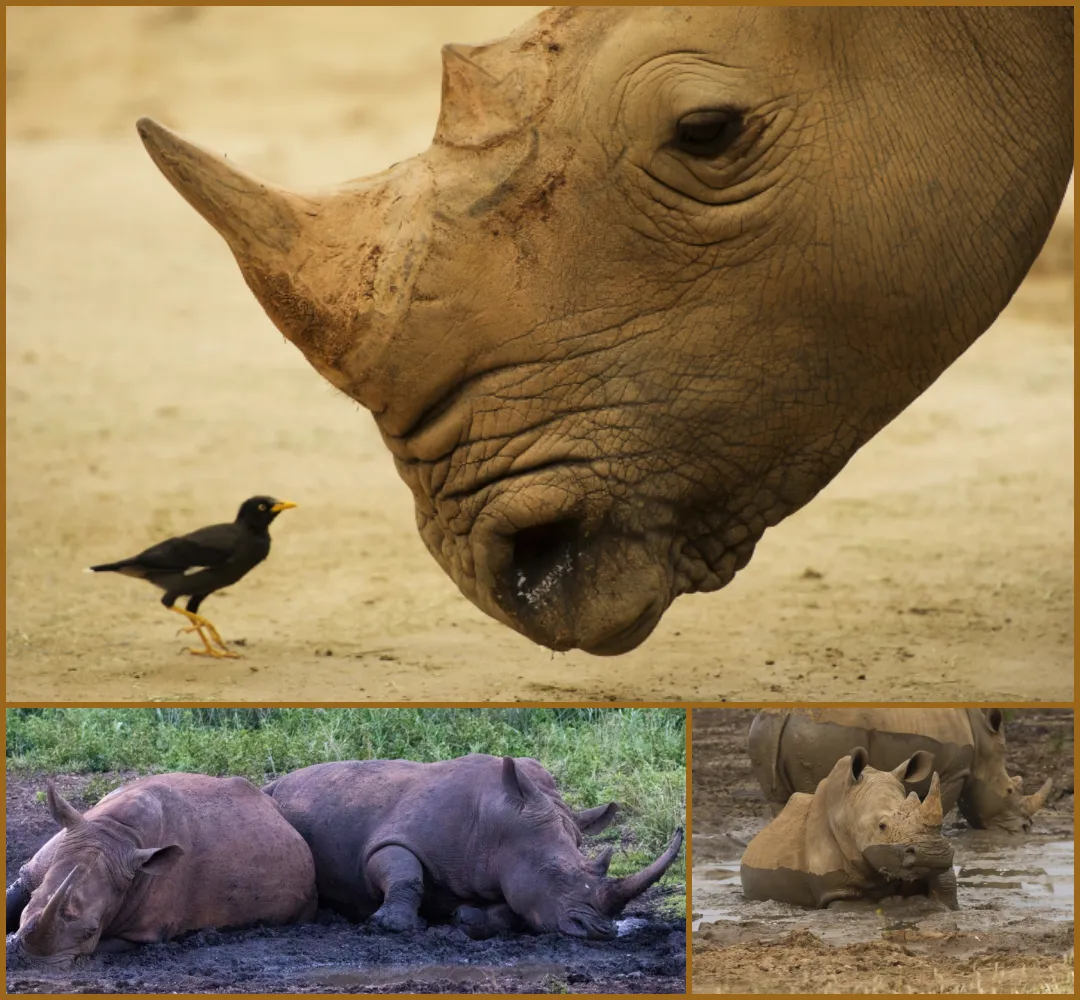
Rhinoceros: Giants of the Animal World
Rhinoceros, the second largest land mammal after elephants, have had a long and glorious history on Earth. At the beginning of the 20th century, an estimated 500,000 rhinos roamed freely in Africa and Asia. However, the number of rhinos remaining in the wild has been severely reduced due to poaching and habitat loss.
Current Status of Rhinos
- Java Rhinoceros and Sumatran Rhinoceros: These two Asian rhinoceros species are facing a serious risk of extinction. The Javan rhinoceros was declared extinct in Vietnam in 2011, and there is now only a small population on the island of Java, Indonesia. The Sumatran rhinoceros is also critically endangered.
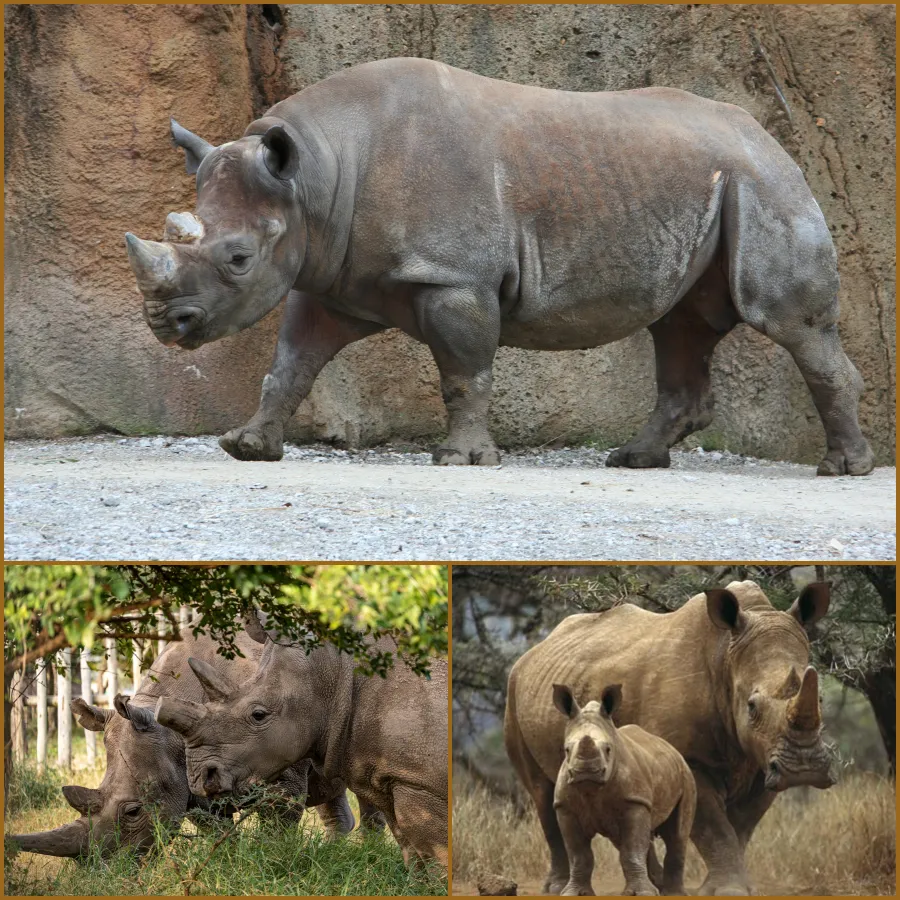
2. Indian Rhino: The one-horned rhinoceros, also known as the Indian rhinoceros, has seen an improvement in numbers thanks to conservation efforts. The species is now classified as “Vulnerable” and lives mainly in northern India and southern Nepal. However, there are still challenges from poaching for its horn.
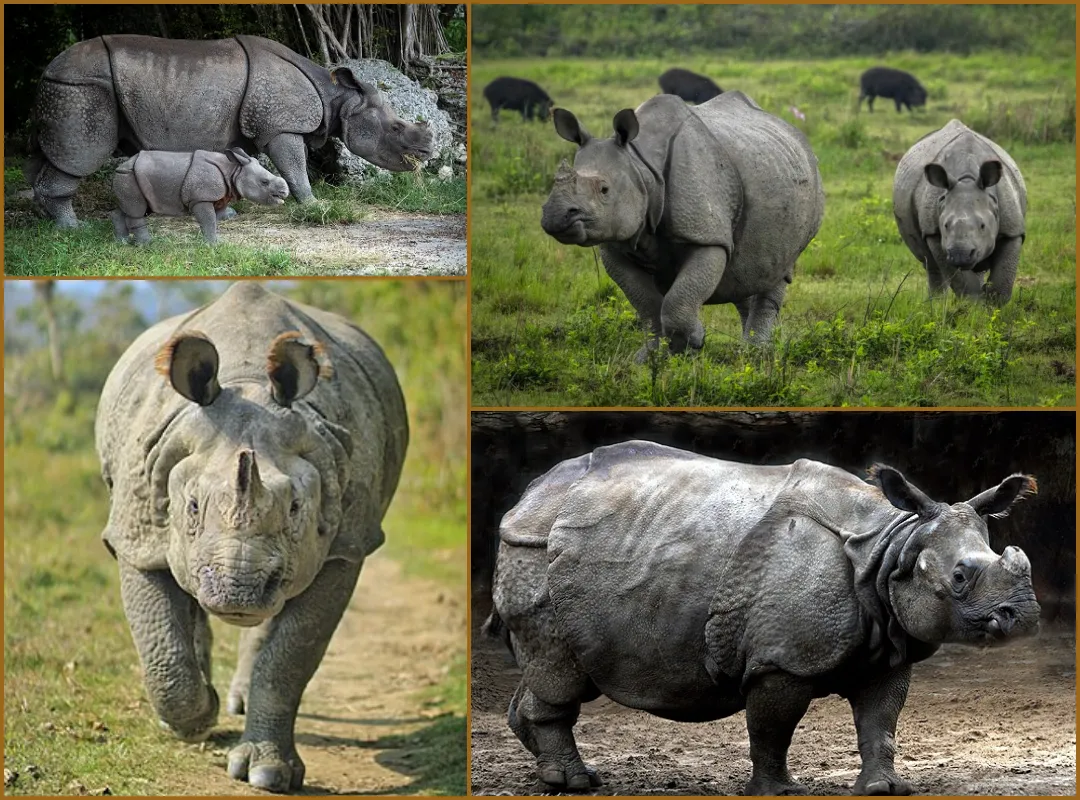
3. White and Black Rhinoceros: In Africa, the southern white rhinoceros has made an impressive recovery and is classified as “Vulnerable”. However, the western black rhinoceros and northern white rhinoceros are extinct in the wild, with only two northern white rhinoceros remaining in the Ol Pejeta Conservancy in Kenya. Black rhinos, although their numbers have doubled in the past two decades, still number around 2,500, down from an estimated 100,000 at the beginning of the 20th century.
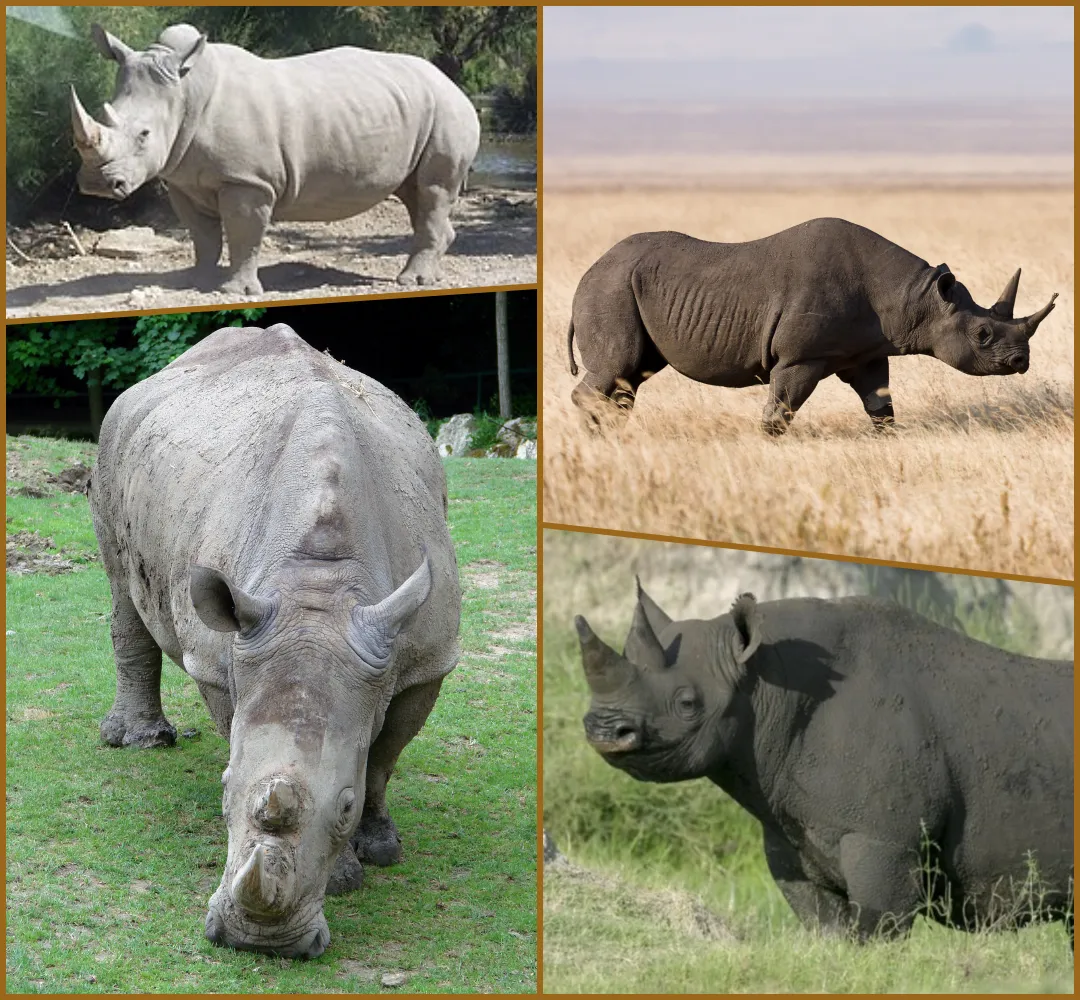
The Daily Life of a Rhino
Despite their near-extinction, rhinos still live their typical lives: mating, raising their young, marking their territory, and enjoying mud baths. Mud baths not only cool them in hot weather, but also protect their skin from the sun and parasites.
The Social Nature of Rhinos
Although most rhinos are solitary, some species, notably the white rhino, can live in small groups of females and their young. Male rhinos are usually solitary and mark their territory with dung, communicating with others.
The Oxpecker Relationship
Rhinos often have a symbiotic relationship with oxpeckers, which help remove parasites from their skin. This relationship is mutually beneficial: the birds have an abundant food source, while the rhinos are protected from parasites and are warned of danger by the birds’ calls.
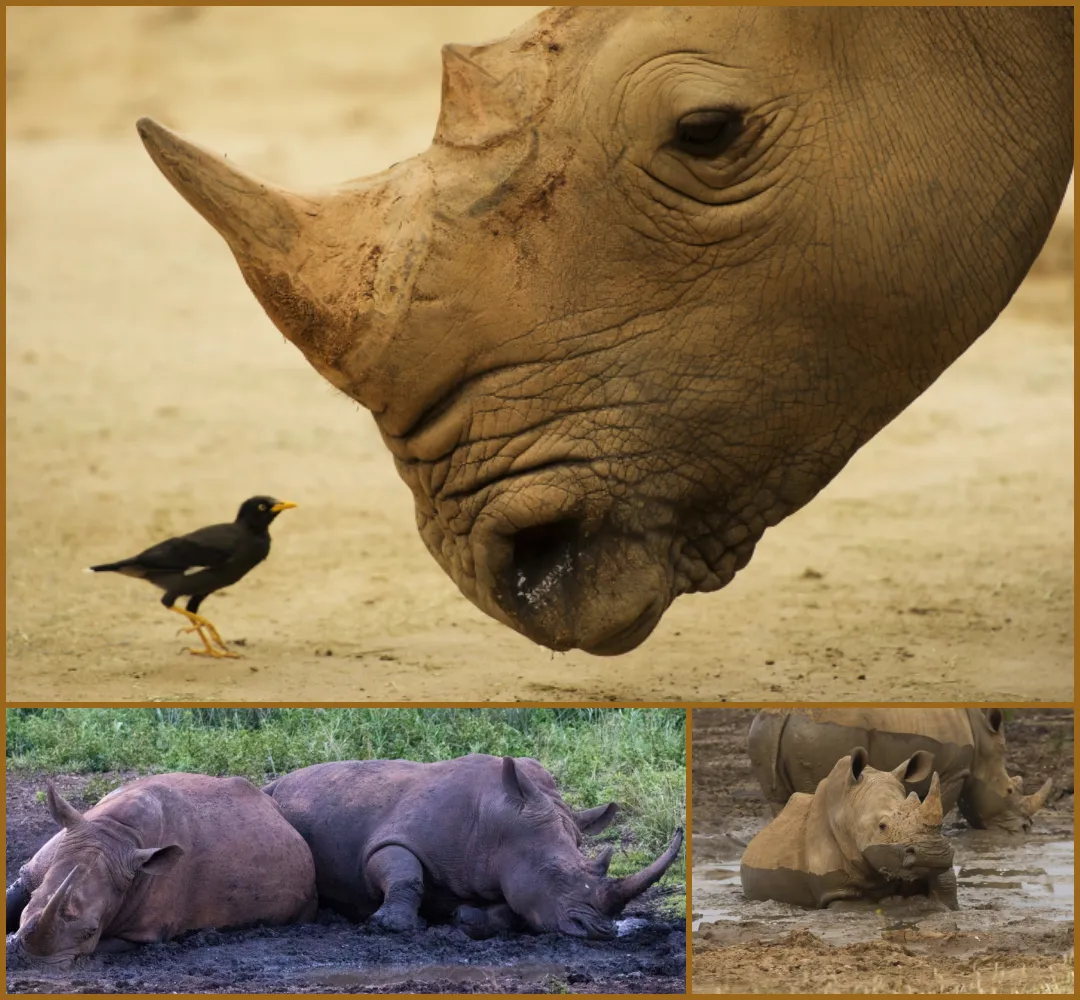
Conservation Challenges and Efforts
Today, there are only about 29,000 rhinos left in the wild, down from 500,000 at the beginning of the 20th century. The main threat comes from rhino poaching, mainly because rhino horn is used in traditional medicine, especially in Asia.
To protect rhinos, international cooperation is needed to protect protected areas and stop the rhino horn trade. Stopping poaching and tackling criminal networks is essential. Along with that, changing the perception of the value of rhino horn in society is an important part of conservation work.
Rhinos, amazing creatures of nature, are facing extinction. Their ability to recover and thrive in the wild depends on human conservation efforts. If we can stop habitat destruction and poaching, rhinos can once again thrive as they did millions of years ago.
Rhinos are truly amazing creatures and deserve to be protected!






